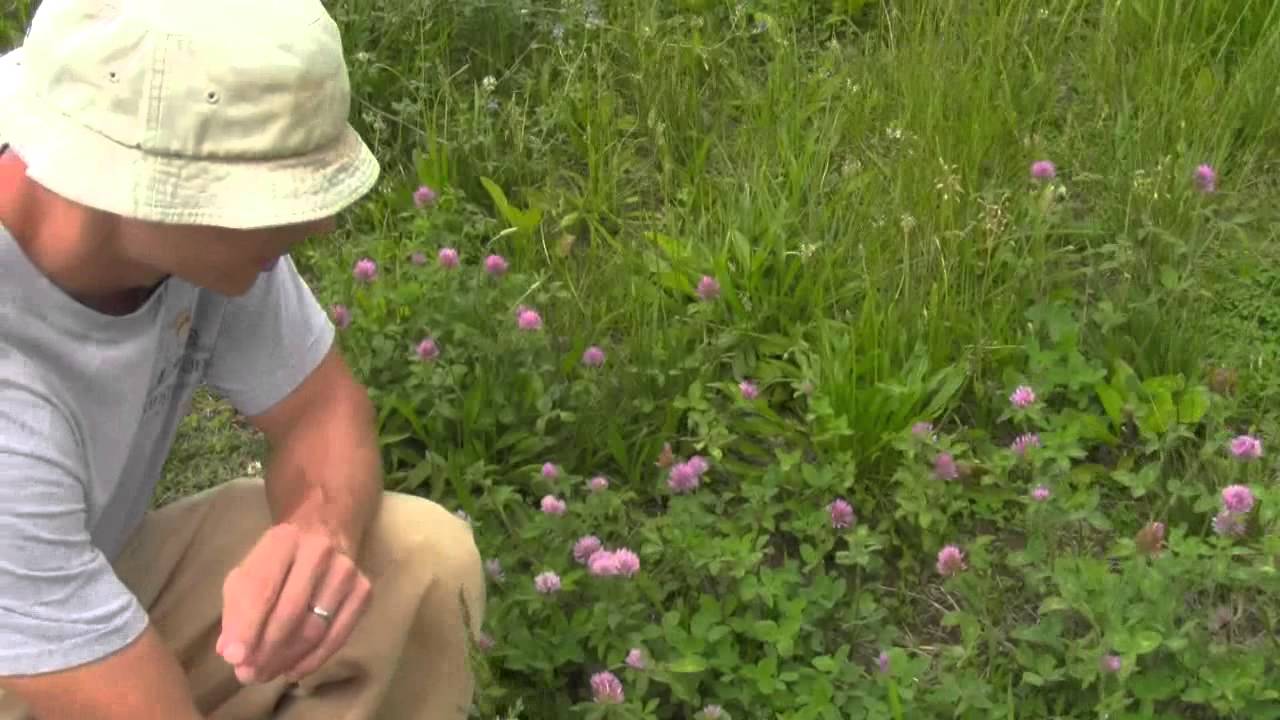I think it is a good idea to be aware not only of the lifecycles and functions of common “weeds”, but also their medicinal and food value. It is really surprising to me how many common “weeds” are actually edible.
As a disclaimer, this is for informational uses only. I am not a nutritionist or an expert on wild food, so if you eat something listed in this article, you are doing so on your own. Please bear in mind that some edible weeds look very similar to other poisonous species.
Alfalfa
Alfalfa is typically used for livestock, but it can also be a nutrient dense food for humans. Leaves and young shoots can be eaten raw, cooked, or made into tea. People with lupus should not eat alfalfa as it can trigger attacks.
Alfalfa
Broadleaf plantain
Broadleaf plantain leaves can be eaten raw or cooked when young. The seeds can also be eaten.
Broadleaf Plantain
Chickweed
Chickweed leaves are typically eaten raw in salads. I really like chickweed because it is one of the first things to grow in the early spring when you don’t have much else to eat in the garden.
Dandelion
Dandelion is probably the most well-known edible “weed”. Leaves can be used in salads fresh or cooked, although I do find them to be a little bitter. They can also be used in making tea. The root can even be made into a coffee substitute.
Henbit
Henbit’s leaves, flowers, and stem are all edible and can be eaten raw or cooked. Henbit is a cool season annual like chickweed, so it provides valuable nutrients, pollen, and nectar early in the season.
Henbit (A winter annual)
Lambsquarters
Lambsquarters leaves, flowers, and seeds are edible. I use the leaves raw in salads in small quantities. They taste fine to me, not unlike spinach, although I do prefer spinach. The seeds and leaves can be toxic, so I wouldn’t overdo it with this one, although it has never given me any problems.
Lambsquarters
Milkweed
Milkweed can be eaten as a cooked young shoot. The flowers can be eaten as well as the unopened flower heads. The flower heads look a lot like broccoli, and are often times fried in batter.
Milkweed
Purslane
Purslane leaves can be eaten fresh. Stems and flowers can also be eaten.
Purslane
Purple Clover
Purple Clover has a flower that is a great edible, and its leaves can also be used in salads.
Purple Clover
Wood Sorrel
Wood Sorrel has many edible parts. The leaves, flowers, and green seed pods can all be eaten fresh. It has a slight lemon flavor, but should not be eaten in high quantities because of the oxalic acid it contains.
Wood Sorrel
Yarrow
Yarrow flowers and leaves can be made into a nutritious tea. Young leaves can also be eaten fresh in a salad or cooked, although they can be very bitter.
Yarrow
References: EdibleWildfood.com
~ Phil Williams
Phil Williams is a permaculture consultant and designer and creator of the website foodproduction101.com. His website provides useful, timely information for the experienced or beginning gardener, landscaper, or permaculturalist. Phil's personal goals are to build soil, restore and regenerate degraded landscapes, grow and raise an abundance of healthy food of great variety, design and install resilient permaculture gardens in the most efficient manner possible, and teach others along the way.
This is a companion discussion topic for the original entry at https://peakprosperity.com/edible-weeds-3/
